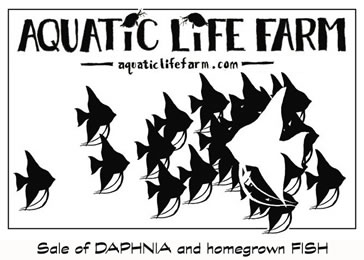After planning ive come up with an idea tell me what youll think, three towers each say 3inches x 24inches, water flows into tower 1 which is 100 ft or so of tube, 1/4 in thick, (this will take out some of the oxygen) then over to tower two where the de oxygenated water will flow through sand filled with nitrate eating bacteria, then into tower three filled with crushed coral for more bactera to grow and to act as a ph buffer, then back into my tank..... Will it work? After your input ill do some tweeks to the plan then post pics of the build
Sent from my LS670 using MonsterAquariaNetwork App
Sent from my LS670 using MonsterAquariaNetwork App



